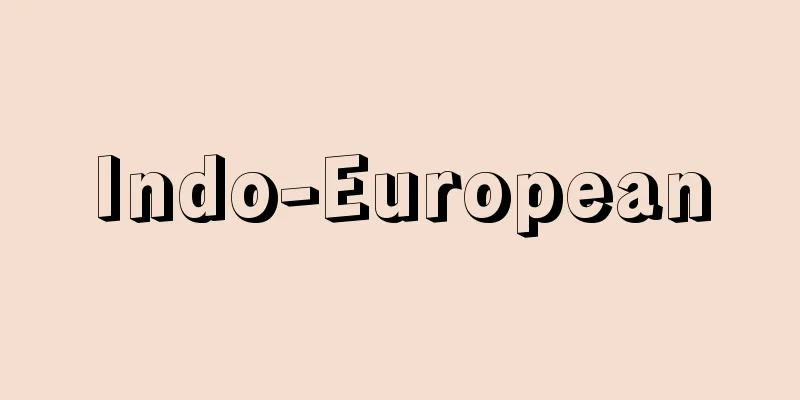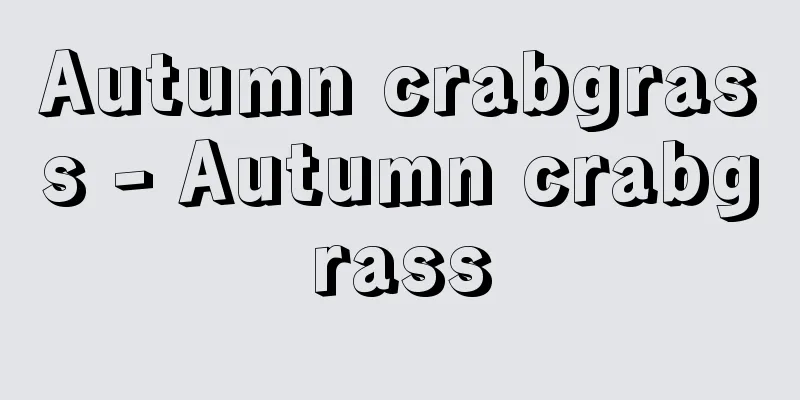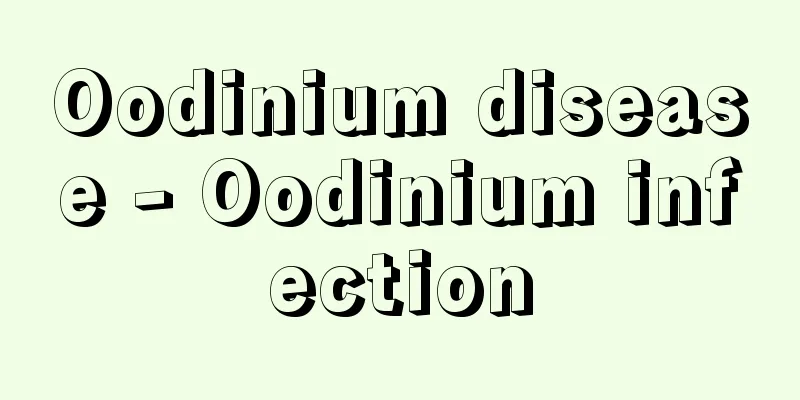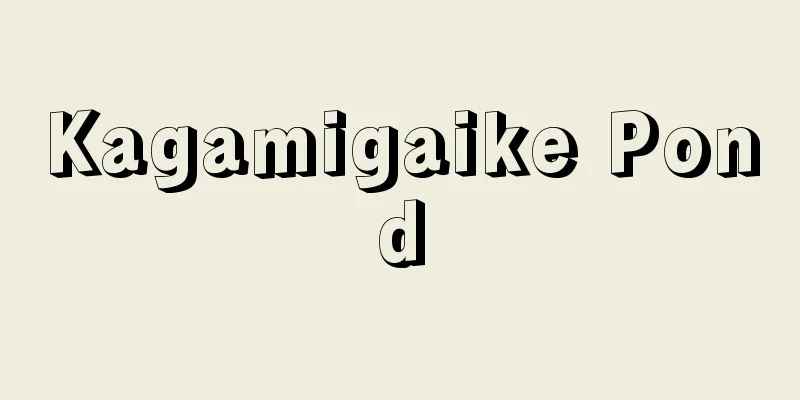Indo-European

|
They are also called the Indo-European family (we will use this name for convenience from here on). In the past, the name Aryan was also used, but this was a general term for the Indo-Iranian languages and is inappropriate for the Indo-European family. The name Indo-Germanic comes from Indo-Germanisch, which is still commonly used in German today. This name was created based on the idea that the eastern Indic language family and the western Germanic language family are representative of this large language family, but it is not used in any language other than German. Source: Heibonsha World Encyclopedia, 2nd Edition Information |
|
印欧語族ともいう(以下便宜上この名称を用いる)。古くはアーリヤ語族Aryanという名称も用いられたが,これはインド・イラン語派の総称で,印欧語族については不適当である。インド・ゲルマン語族の名は,ドイツ語で今日もなお慣用となっているIndo‐Germanischに由来する。この名称は,東のインド語派と西のゲルマン語派をこの大語族の代表とみる考え方に基づいてつくられたものであるが,ドイツ語以外では使用されない。
出典 株式会社平凡社世界大百科事典 第2版について 情報 |
<<: Indra - Indra (English spelling)
Recommend
Reformation Edict
→ Taika Reforms Source : Heibonsha Encyclopedia Ab...
Collegio (English spelling)
One of the higher education facilities of the Cath...
Alaminos, A.de (English spelling) AlaminosAde
…Also, in the same year, V. da Gama sailed north ...
Signature - Kanki
…When a painting or calligraphy is completed, the...
Naram-Suen (English spelling)
…the fourth king of the ancient Mesopotamian king...
IES
...A sonic wave gauge is installed on the ocean f...
Battle Command - Senjinkun
This instruction was issued with the aim of estab...
Gadsup language - Gadsupgo
…Furthermore, languages that have the number th...
Mt. Kasegi
〘noun〙 A forest that is used jointly by the reside...
Ecological niche
A basic concept in animal ecology, also called nic...
Vacuum arc degassing
...In the 1970s, its superiority over the DH proc...
Protectorate - Shugoryo
The direct territories and positions of the Shugo ...
Aiiku Village
...In 1963, the Aiiku Research Institute was esta...
Labor practices
There are cases where certain facts or actions hav...
Akira Ifukube
Composer. Born in Kushiro-cho, Hokkaido (now Kush...









